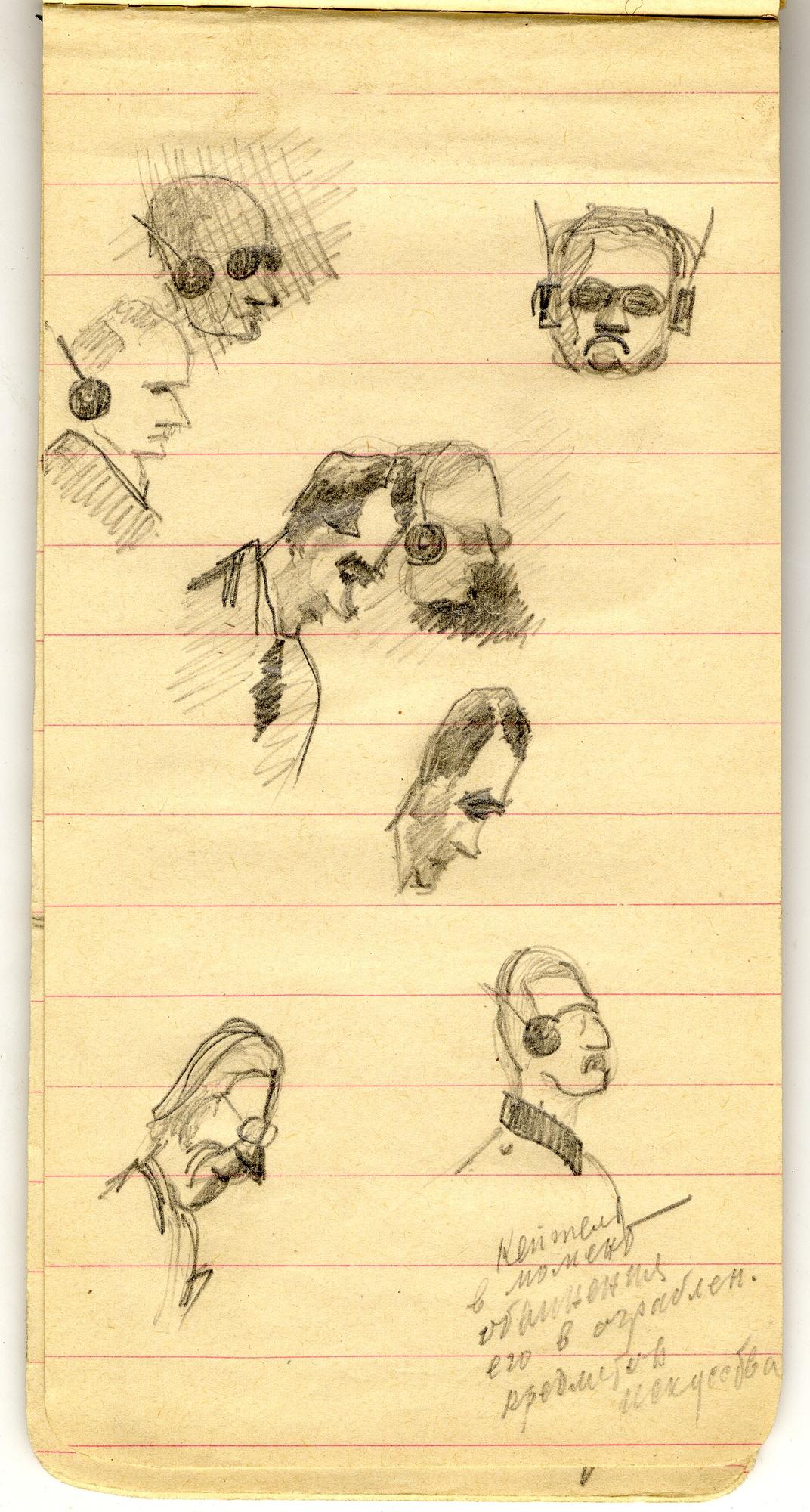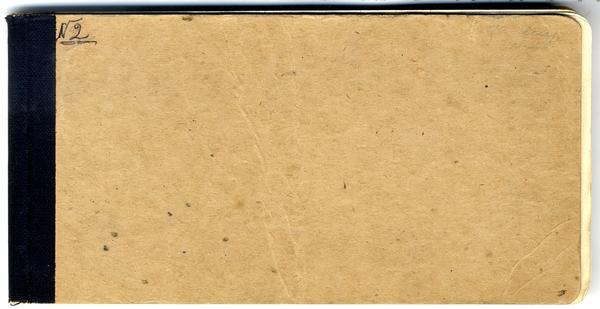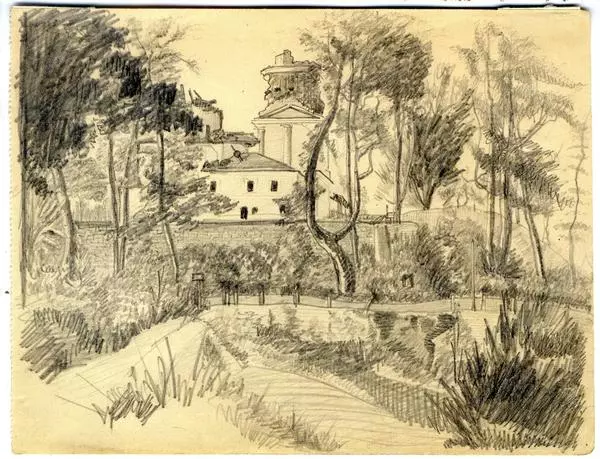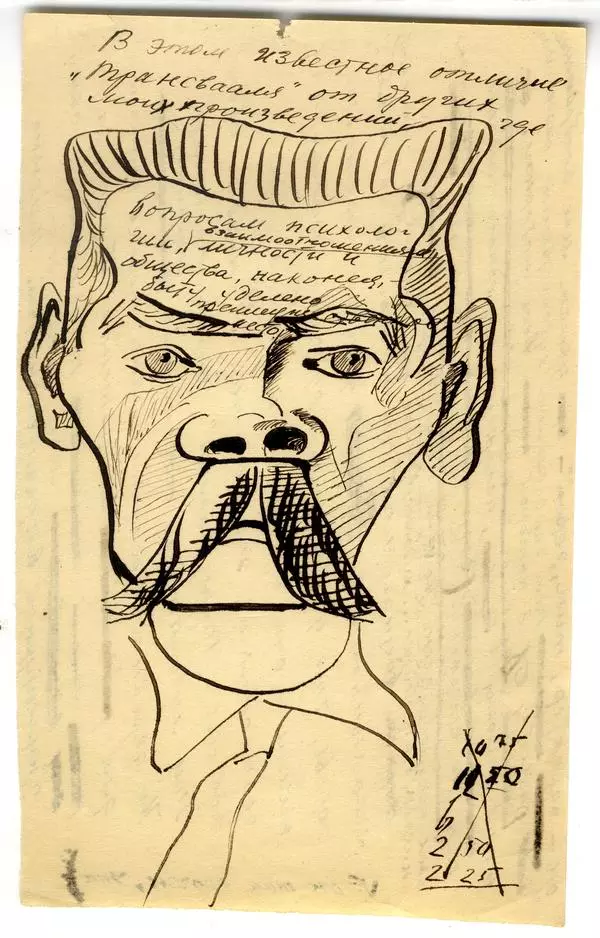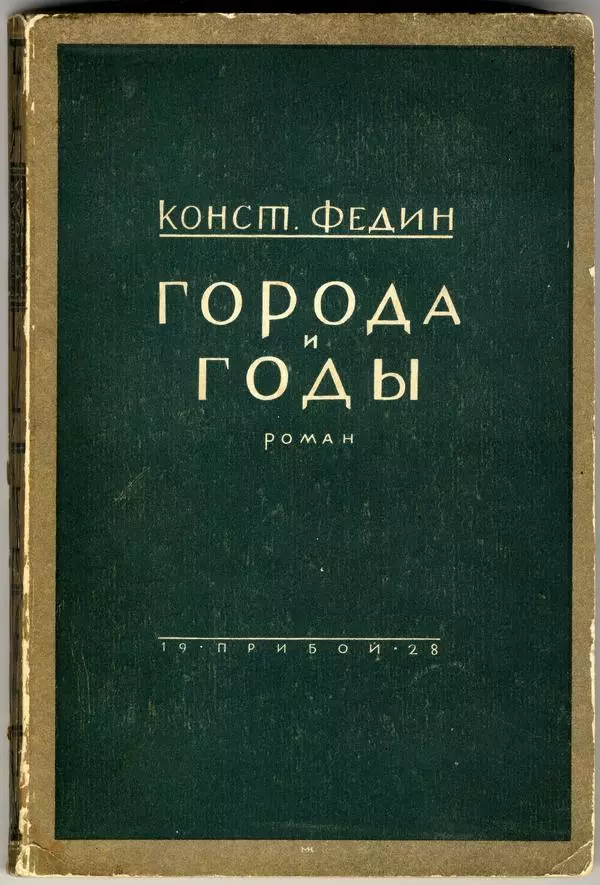The international trial of former leaders of Hitler’s Germany held by the International Military Tribunal began in November 1945 following the end of World War II and continued until 1 October 1946. The defendants were charged as major war criminals accused of war and other crimes committed between 1939 and 1945. A large team of Soviet writers, artists, journalists and photographers were sent to the trials. Konstantin Fedin was present as a special correspondent for the newspaper Izvestia. This was a difficult assignment for Fedin. He still had vivid memories of his first visit to Nuremberg in the summer of 1914, shortly before the beginning of World War I, and of how he attempted to escape the city after the hostilities broke out. Now, 30 years on, he was once again visiting the same location after the end of a new war. It so happened that, upon arriving in Berlin, Fedin got into a car accident and spent a long time in hospital.
1 / 3
Notebook
Время создания
1946
Размер
10x20 cm
Техника
paper, cardboard, pencil
Коллекция
1
Открыть в приложении#1
Konstantin Fedin
Notebook
#2
#3
Konstantin Fedin’s notebook with sketches
The first hearing that Fedin attended was on 14 January 1946. He took notes and made sketches in notebooks throughout the trial.
#5
The museum archives contain two such of these notebooks, which are oblong-shaped with lined pages and bound in simple cardboard covers. The notes and sketches are made in graphite and blue pencil. Fedin drew portraits of Nazi leaders from different angles, trying to capture the expressions on their faces as the prosecution was charging them. He made several sketches of Wilhelm Keitel, who had been accused of plundering art objects.
Based on his notes, Fedin created a series of essays entitled ‘At the Nuremberg Trials.’ In one of these essays, ‘On a Crashed Barge, ” he compared the tribunal dock to a broken barge “with semi-dead pirates hanging onto its side […] Their faces are bloodless and lifeless. Death awaits them overboard. Death is looking them in the face. But their stare is ruthless. They do not want to slip the broken rudder from their hands”.
Fedin described the Nuremberg trials as a trial of history: “The defendants stand accused by millions of people around the world who suffered from the actions prescribed by the leaders of Germany”s Hitler government […] The documents presented at the trial incriminate the violators of human rights and the rights of nations and states”.
Based on his notes, Fedin created a series of essays entitled ‘At the Nuremberg Trials.’ In one of these essays, ‘On a Crashed Barge, ” he compared the tribunal dock to a broken barge “with semi-dead pirates hanging onto its side […] Their faces are bloodless and lifeless. Death awaits them overboard. Death is looking them in the face. But their stare is ruthless. They do not want to slip the broken rudder from their hands”.
Fedin described the Nuremberg trials as a trial of history: “The defendants stand accused by millions of people around the world who suffered from the actions prescribed by the leaders of Germany”s Hitler government […] The documents presented at the trial incriminate the violators of human rights and the rights of nations and states”.
#6
The State Fedin Museum
читать дальшескрыть
00:00
00:00
1x
Notebook
Время создания
1946
Размер
10x20 cm
Техника
paper, cardboard, pencil
Коллекция
1
Открыть в приложении
Поделиться
